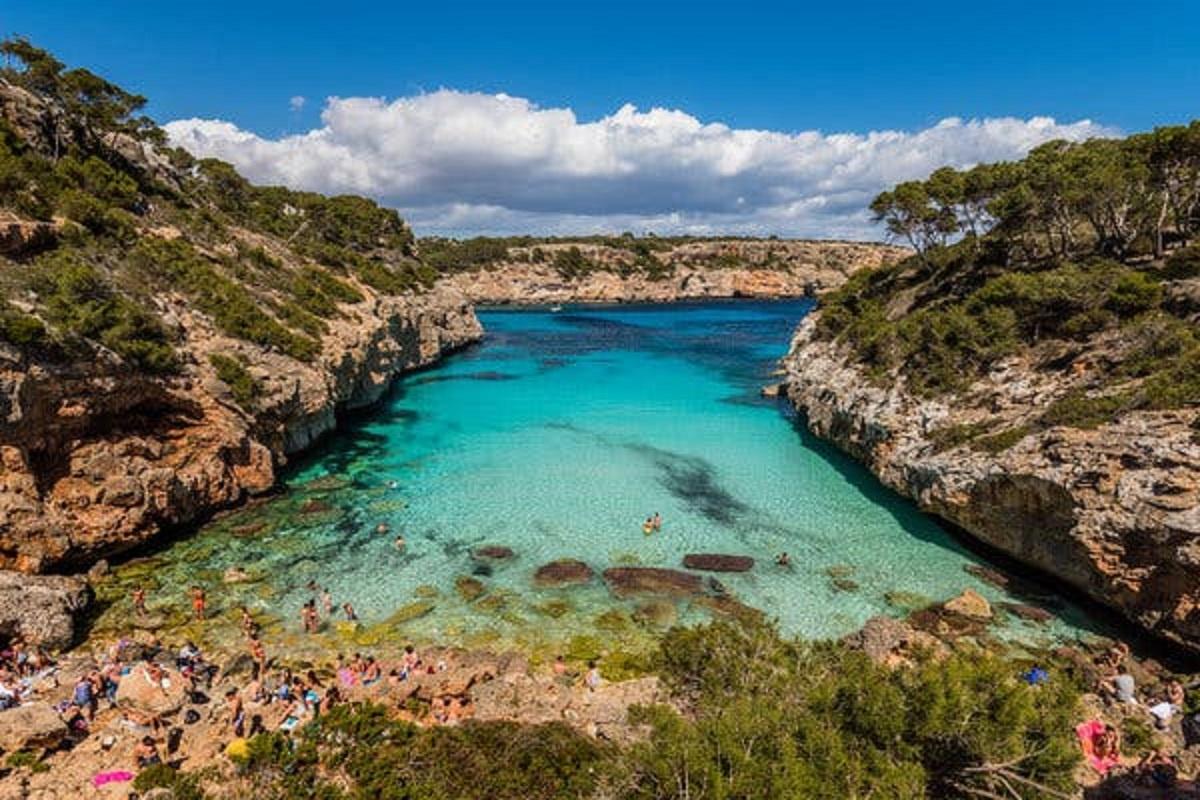
Majorca was recommended as a travel destination in The New York Times travel section. | R.D.
Palma28/04/2020 09:53
The New York Times didn't publish a travel section in its print edition on Sunday. A regular section, the decision had been taken to pull it temporarily. The reason was clear enough - no one can travel at the moment. The paper also dropped its sports section and rolled this and travel into a lifestyle section entitled At Home. Travel is meanwhile continuing to feature online and is being added to, the coverage shifting away from "destination" to more news and "essayistic pieces".

No comments
To be able to write a comment, you have to be registered and logged in
Currently there are no comments.